BMW revealed in June that the one-millionth GS boxer had just rolled off its Berlin production line. That’s a huge figure by motorcycle standards, confirming the remarkable success of the big flat-twin models that have led the adventure class’s recent domination of the market.
Yet even those production figures barely hint at the importance of the GS boxer to BMW, dating right back to the R 80 G/S that began the line in 1980. Without the unexpected success of that debut model, the German firm probably would have abandoned flat twins 40 years ago, and might even have quit motorcycle production completely.

If that sounds melodramatic, there is no doubt that in the late 1970s BMW came close to closing its two-wheeled division. The firm’s bike sales were falling, hit particularly hard by a weak dollar in the US, where over a third of production was sold.
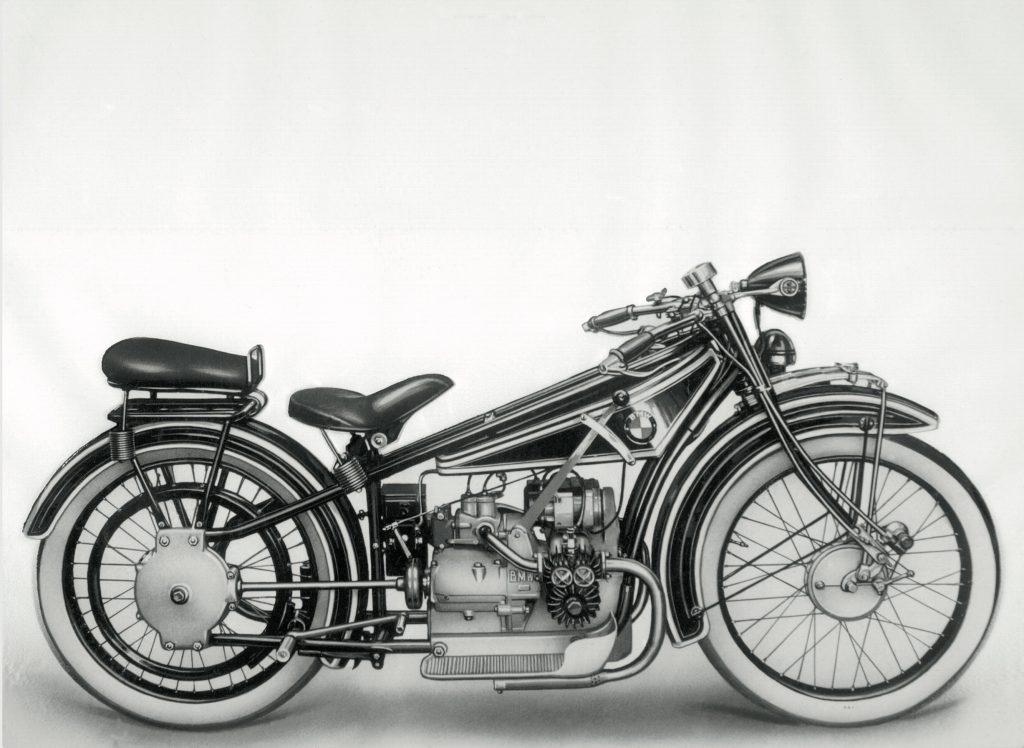
The boxer engine layout, which now goes back a century to BMW’s first-ever motorcycle, the R32 of 1923, seemed outdated alongside more powerful multi-cylinder models from Japan. And although BMW had begun developing its own four-cylinder unit, production was years away; the K100 would not be launched until 1984.
In 1979, BMW Group boss Eberhard von Kuenheim replaced the motorcycle operation’s management with a new team, including sales director Karl Gerlinger. “When he asked us to take over he said, ‘Decide whether you make it or you close it – whether you sell off the stuff and it’s the end of the story,’” Gerlinger recalled years later.
Although Gerlinger was reluctant to end a motorcycle story that already stretched back over 50 years, even he could not see a long-term future for the boxer. “We thought we needed a new, modern-generation machine, moving away from the flat twin,” he said. “But that takes four years at least, and in the meantime you go bankrupt if you have nothing to sell. So we needed something that we could develop quickly.”
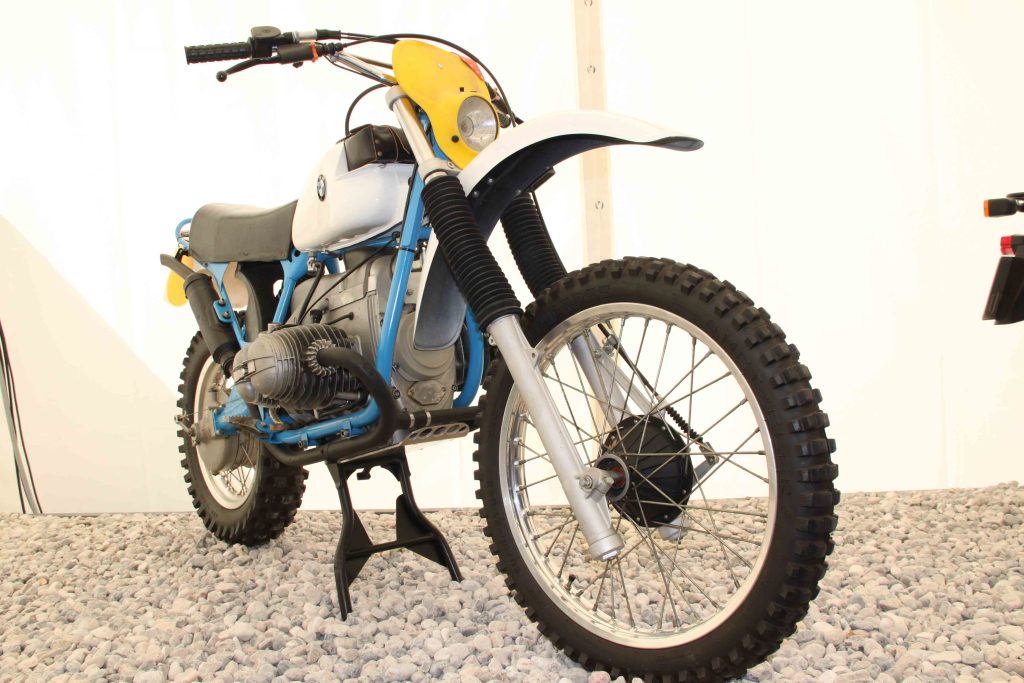
As with many successful ideas, there is a debate about who came up with the plan for a dual-purpose boxer. Legendary designer Hans Müth, who had already created the stylish R90S superbike for BMW (and would go on to shape Suzuki’s Katana) claims that in 1978, while brainstorming concepts with the firm’s head of product planning, he noticed his Range Rover parked outside and suggested a two-wheeled version.
Around the same time, Laszlo Peres, a BMW test department engineer, had ridden a self-built 800cc boxer to second place in the German enduro championship. Peres saw the opportunity for a production model and teamed up with some fellow engineers to build a prototype for testing.
Gerlinger was initially sceptical. “Laszlo first came into my office and tried to convince me we needed to do motorsport,” he recalled. “I said no – first we need a bike to sell. But he insisted, and later the engineers said: ‘We have something in the basement – come down and look at what we have to show you.’ When I tested it I said: ‘Jesus Christ, this thing is going to make us or break us!’”
In retrospect, the timing was perfect. Japanese manufacturers were having success with dual-purpose bikes, but these were generally sub-500cc singles like Yamaha’s XT500. BMW’s research showed that most were ridden almost exclusively on the road. Perhaps there was a gap in the market for a larger capacity alternative – powerful, robust, and comfortable enough for long journeys?
The project was given the go-ahead, under the control of Rüdiger Gutsche, BMW’s head of chassis development and another keen off-road rider. Italian firm Laverda helped with development of a prototype. Gutsche’s influence was seen in the innovative, single-arm rear suspension layout, which facilitated changing the rear tyre. The 798cc motor was derived from the R 80 roadster’s unit and produced 50bhp – a modest output even then.
Bolting it into a chassis adapted from that of the lighter R65 kept dry weight to just 167kg. Testing involved two riders flogging pre-production models for 1300 miles through Ecuador, surviving extremes from the heat of the Amazon rainforest to glaciers in the Andes. The production bike was named the R 80 G/S, standing for Gelände (off-road) and Strasse (road).
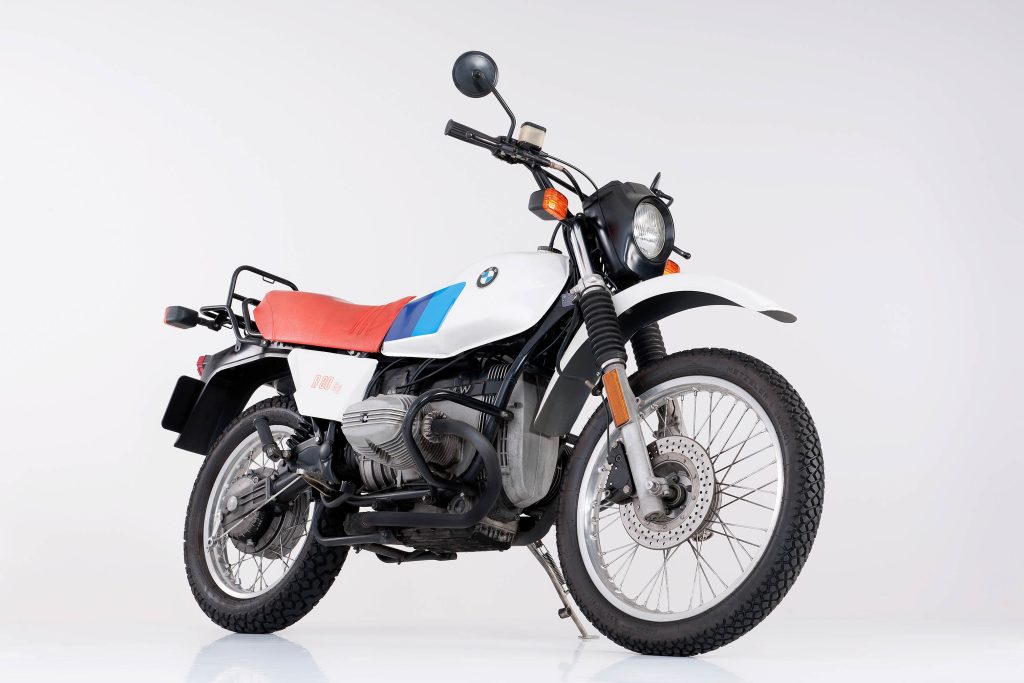
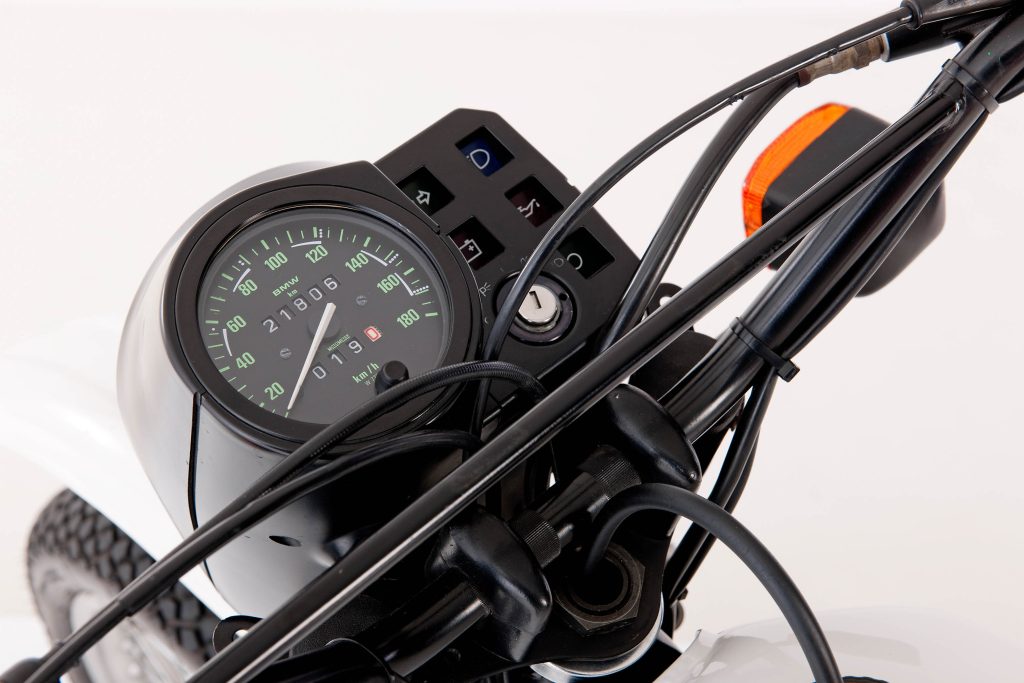
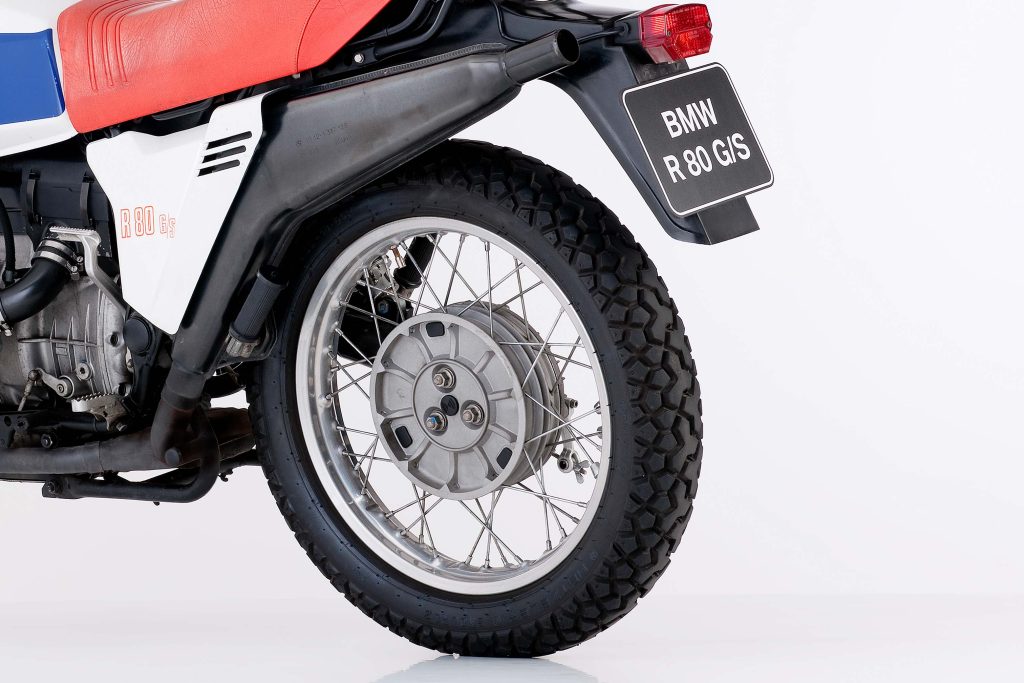
With its mainly white paintwork, enduro-style front mudguard, and orange dual-seat, the G/S was a striking machine. It was a tall one, too, with 200mm of fork travel and 170mm at the single-sided rear end. Its front brake was a single Brembo disc, a first for a dual-purpose bike.
The press riding launch was held in Avignon, France, in September 1980 – less than two years after the project had begun. Initially there was consternation from a motorcycling world unused to seeing such innovation from BMW. But the G/S won over almost everyone who rode it.
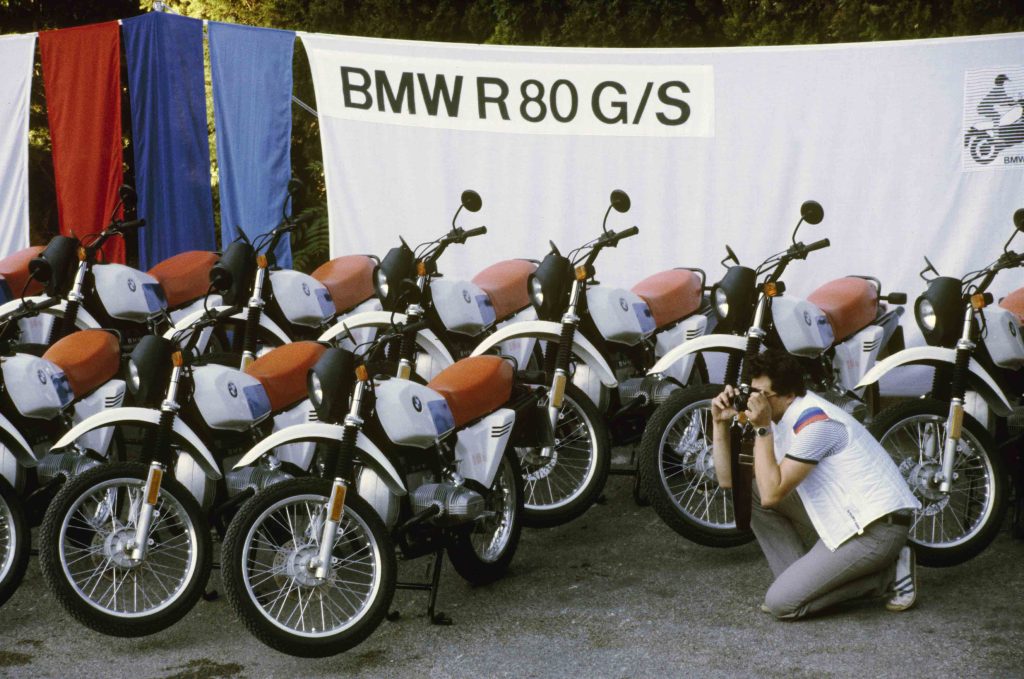
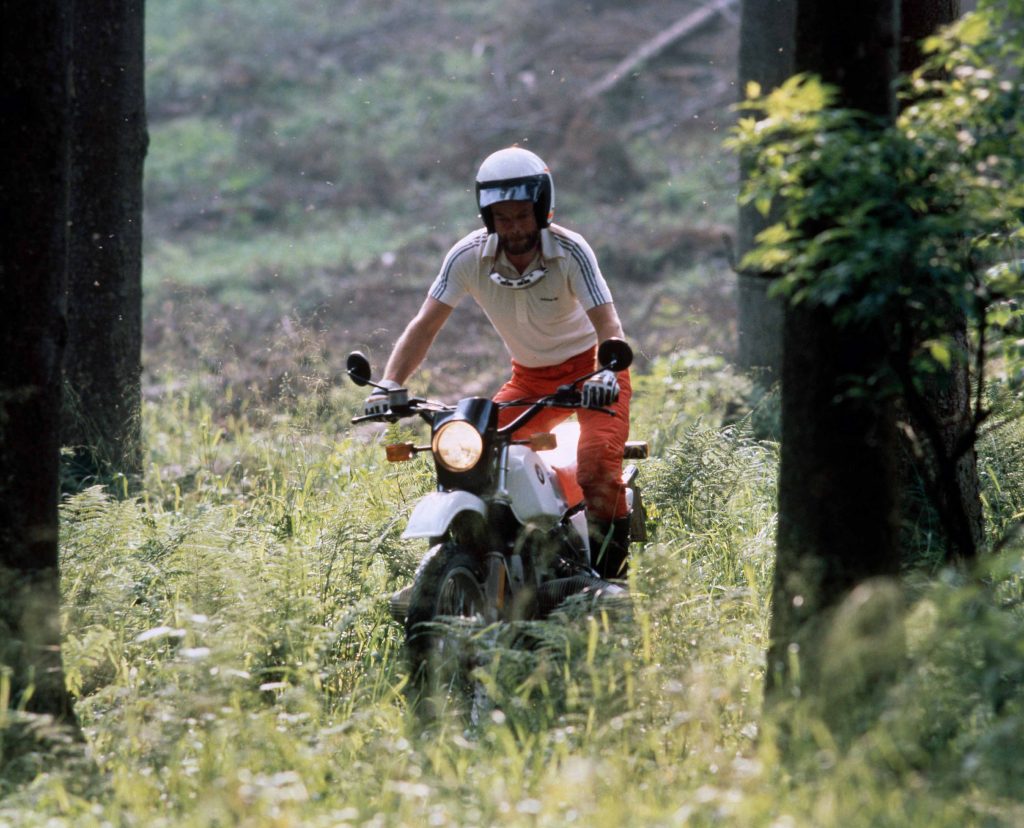
Its lively throttle response and relaxed cruising ability were unprecedented for a dual-purpose bike. And although the BMW was no enduro machine, its off-road performance, helped by specially made Metzeler tyres capable of coping with the 100mph top speed (previous off-road rubber was limited to about 80mph), was a revelation for many riders.
Boosted by the mostly positive reviews, the G/S was an unexpected hit. BMW had hoped to sell about 3000 units that first year, but eventually produced more than 6500. The model’s instant success led the motorcycle division’s recovery, restored confidence in the boxer layout, and gave vital breathing space for development of the K-series four.
The G/S’s impact was also helped considerably by its four Paris-Dakar victories in the five years after its launch. The gruelling trek from France to Senegal had begun in 1979. Yamaha’s XT500 single had won the first two events, although French rider Hubert Auriol, riding a specially built BMW boxer, had led in 1980 before being disqualified for receiving outside assistance.
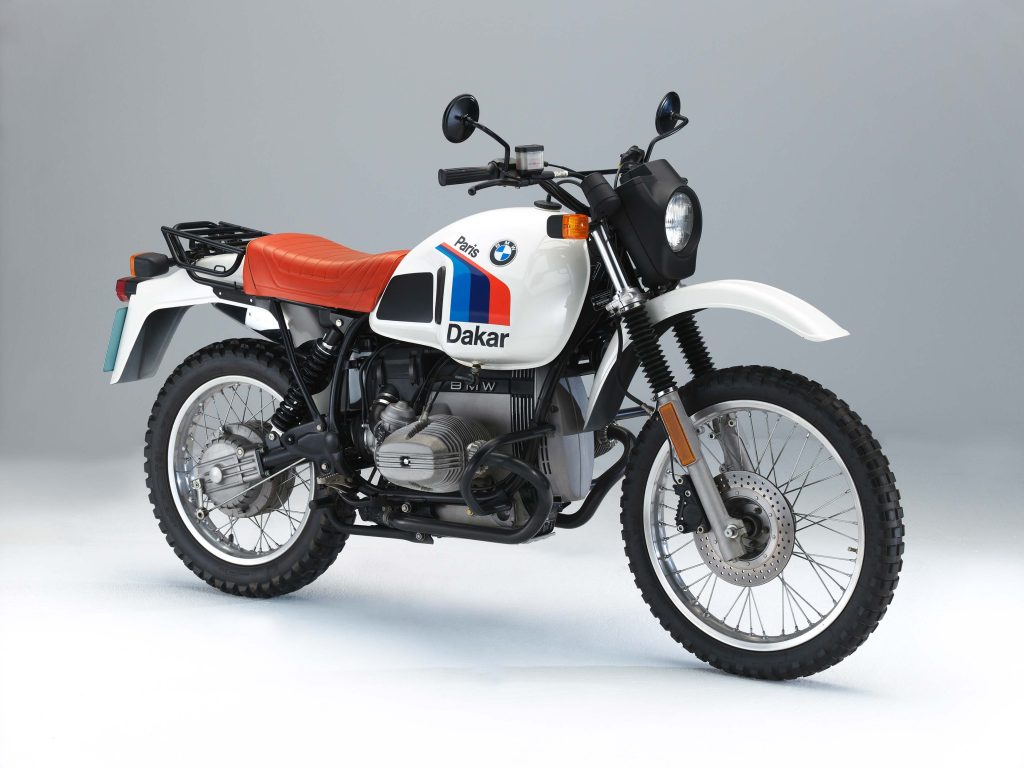
Auriol had much better luck on the 1981 event, which he won on a boxer prepared by local dealers with support from the factory. “It was heavy and the rear suspension didn’t have much travel due to the shaft,” he said. “But in the early days the race was all about going fast between the holes, and this bike was good because it was faster than the singles.”
Auriol won by over three hours and repeated the victory two years later (after gearbox problems meant he failed to finish in 1982). The wins were vital in establishing the G/S, partly because BMW were quick to promote their success and the rally, which at the time was little known outside France.
“We started to blow the marketing horn like devils,” Gerlinger recalled, “and used our money to help [rally founder] Thierry Sabine get the race known to the public.” Belgian star Gaston Rahier added further victories in 1984 and ’85, by which time the concept of the big dual-purpose boxer was firmly established. BMW introduced a special Paris-Dakar version of the R80 G/S in 1984, featuring a big fuel tank, a single seat, and a luggage rack.
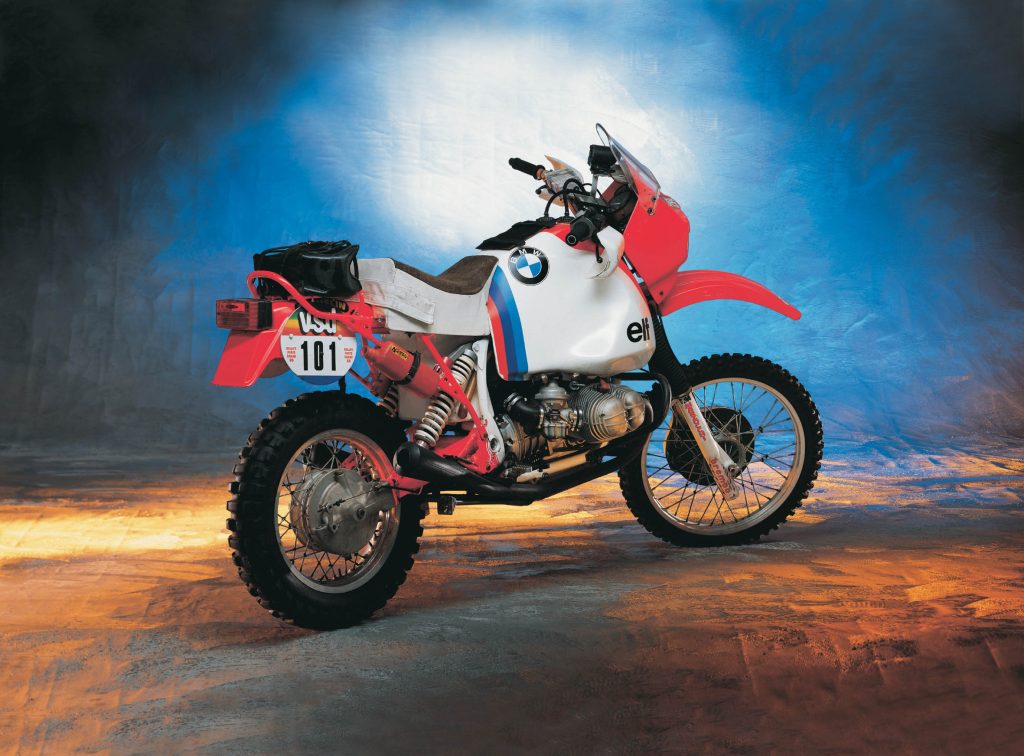
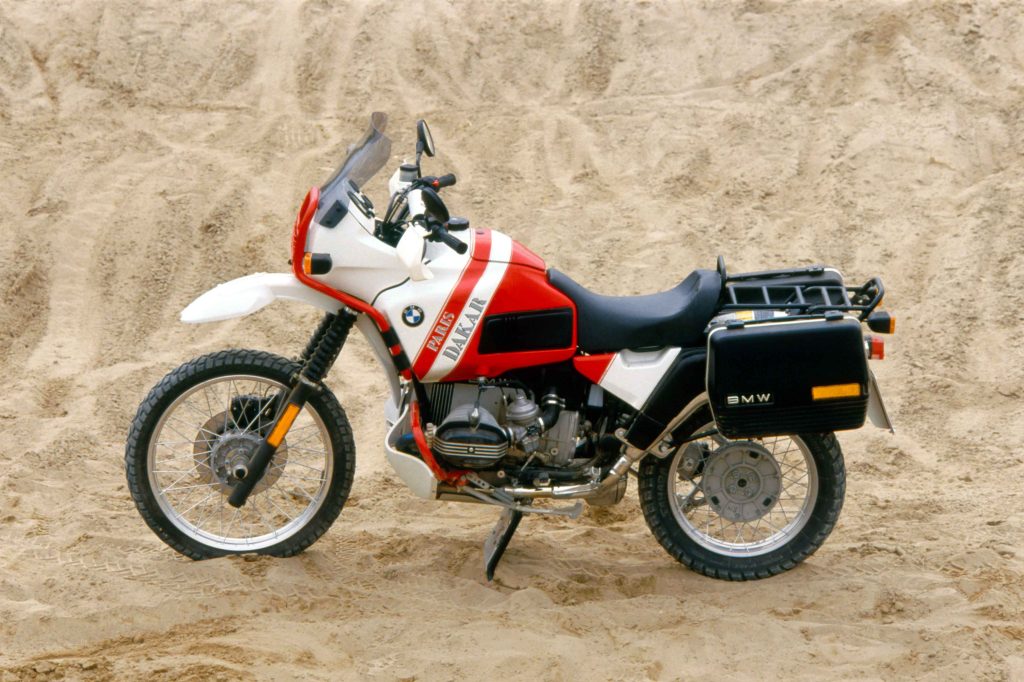
And that modestly powered, naked G/S was just the start for the dual-purpose boxer, which proceeded to capture the imagination of riders all over the world. Far from being rejected as too powerful, too tall, and too heavy, as some at BMW had feared, it grew increasingly popular as subsequent models gained capacity and features, including the taller and heavier GS Adventure derivatives.
In 1988, the name was simplified and the engine enlarged to 980cc to create the R100 GS, which three years later gained a frame-mounted fairing and adjustable screen. The R1100 GS of 1994 was a bigger, more touring-oriented model that set the trend for GS development. Some wondered whether BMW had gone too far; rising sales figures confirmed not.
The R1150 GS began the new millennium in style, but it was the first GS Adventure derivative of 2002, featuring longer suspension, optional large 30-litre fuel tank, and aluminium panniers, that proved more important. Ewan McGregor and Charley Boorman rode R1150 GSAs on their Long Way Round odyssey, inspiring a new wave of two-wheeled adventurers.
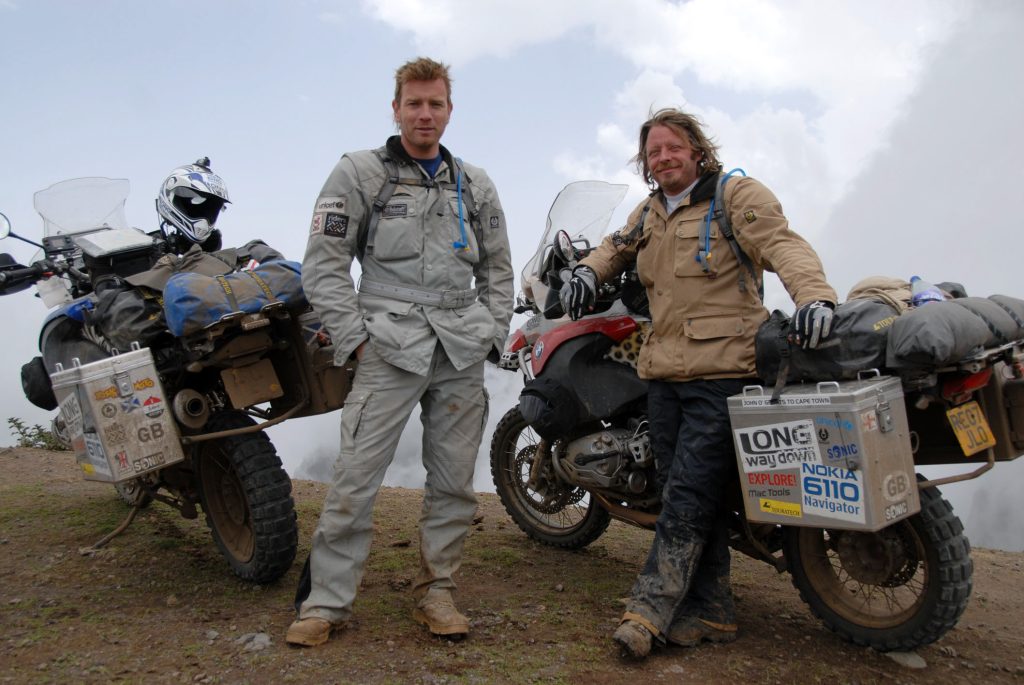
That television series’ 2004 launch coincided with the introduction of the R1200 GS, which increased power output to 100bhp and reduced weight by a substantial 30kg, dramatically improving performance and enhancing the GS’s appeal to legions of riders considering switching from sport bikes. The duo swapped out their R1150s for the new bike for the show’s 2007 follow-up Long Way Down. Before long, the R1200 GS was firmly established as one of the world’s most popular bikes – a status maintained by its liquid-cooled derivative in 2013, and its R1250 GS successor of six years later.
And now BMW is poised to launch the next in the line, the R1300 GS – lighter, more sophisticated, and with output increased to 140bhp. This GS promises to be an enjoyable and practical roadster, and far more capable off-road than most owners will ever get to discover. Just like the very different 37bhp R80 G/S that began the story more than 40 years ago.





















